Bolts management and more in Puma5 02.910.04
A new release of our Puma5 software is now available, reaching version No. 02.910.04.
The major feature we have introduced is the new management of bolt type components. As you can read in our “What’s New” document, available for download in our Customer Care portal, the Piping Class Bolts table now offers many more options than before. For example, Puma5 will not prevent the User from inserting more than one component (bolt type) using the same object code. Components will be identified by the newly added fields: Position ID, Position and Note.
Take a look at the screenshot below:
Do you see the “Bolt changing” section? Well, here you can insert bolt components, which are used as an alternative to the selected bolt. The bolt can be replaced on the base of the diameter range of the bolt itself and this “replacement” is identified by its position.
Have you noticed the second tab?
Yes, it’s the “Extra bolt length”. This is an utility helping with CAD modelers, which need a lot of measurements, because here you can generate objects of bolt type adding extra measurements. These extra length bolts have no link with flanged objects.
The Project Tag attribute has been added, too, and you can handle it in the same way as the Project Tag attribute of the ‘Components’ section.
If you need a list of the components with alternative bolts, simply use the ‘Piping class components – Bolt table situations‘ function (nominal bolts of the piping class are not shown).
Let’s focus now on the “Mechanical Check” module of Puma5.
As you know, “Service List” is an alternative and simplified way to manage the Fluid List. Starting from this release, Puma5 performs a thickness check at the internal pressure and the hydraulic test based on its data. Previously, it would only perform checks and test on the Piping class – Line List data. Not only that – look at the following screenshot:
While performing the checks and test on the Service List data, now you can also choose which standards to refer to: ASME, European or ASME + European.
For a complete overview of all improvements of this latest release, download the “What’s New” document from our Customer Care portal.
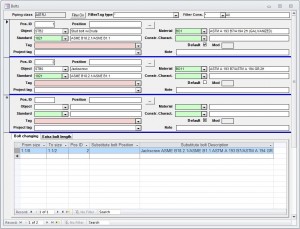

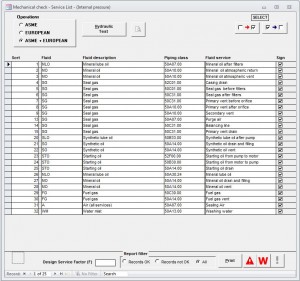
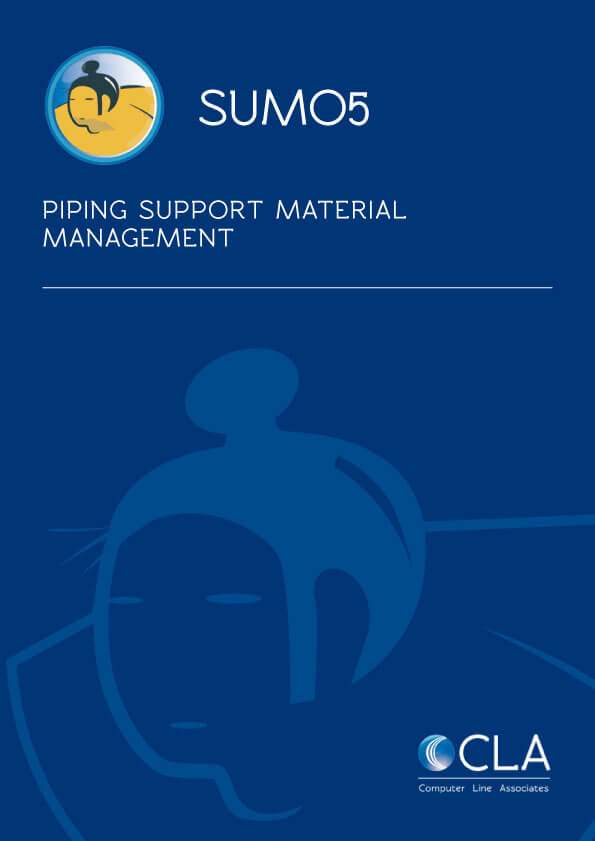
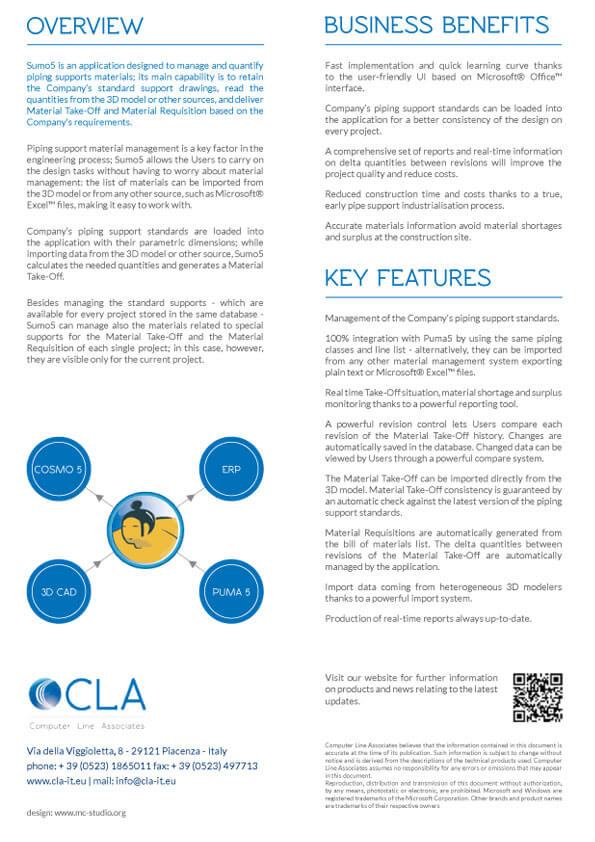
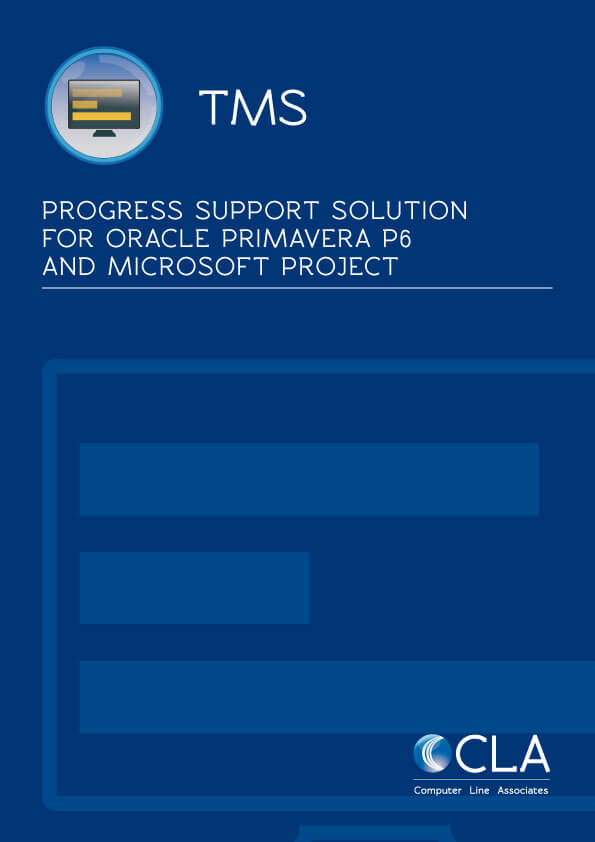
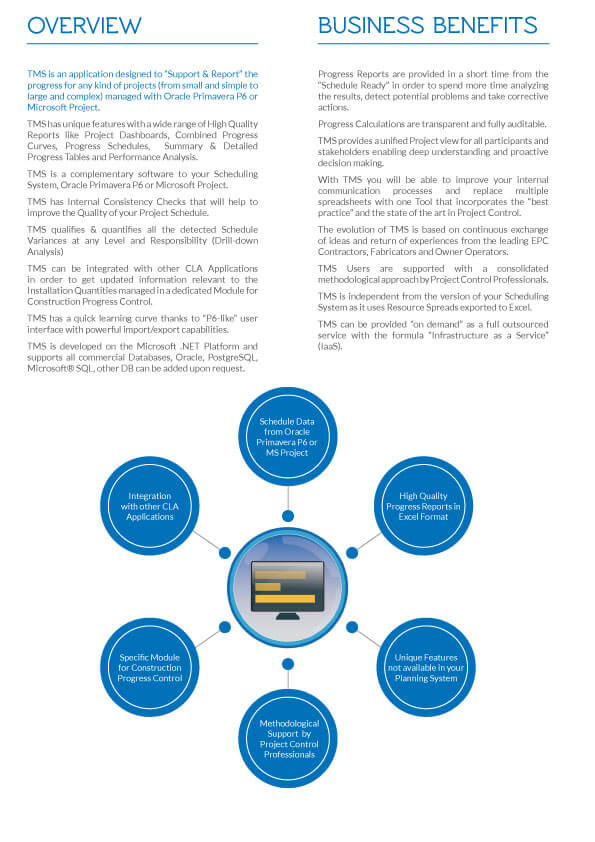
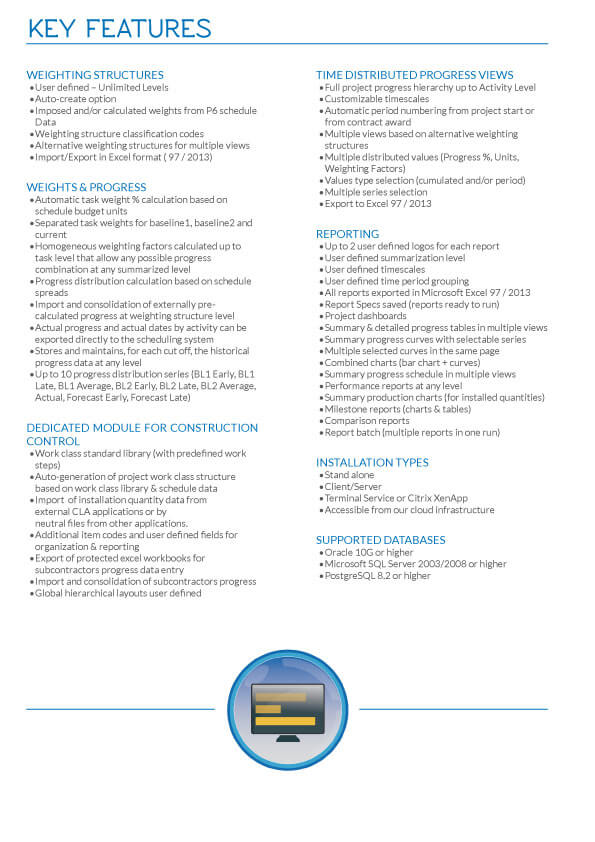
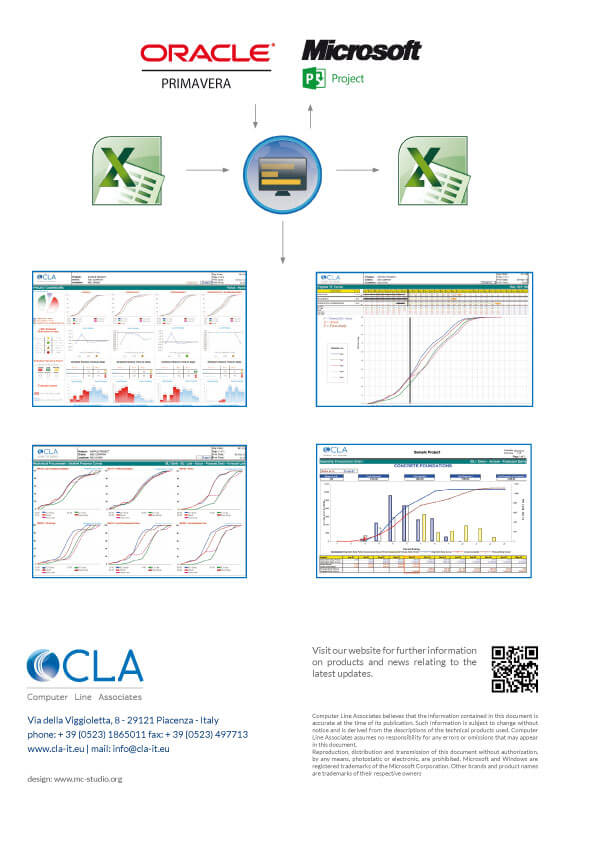
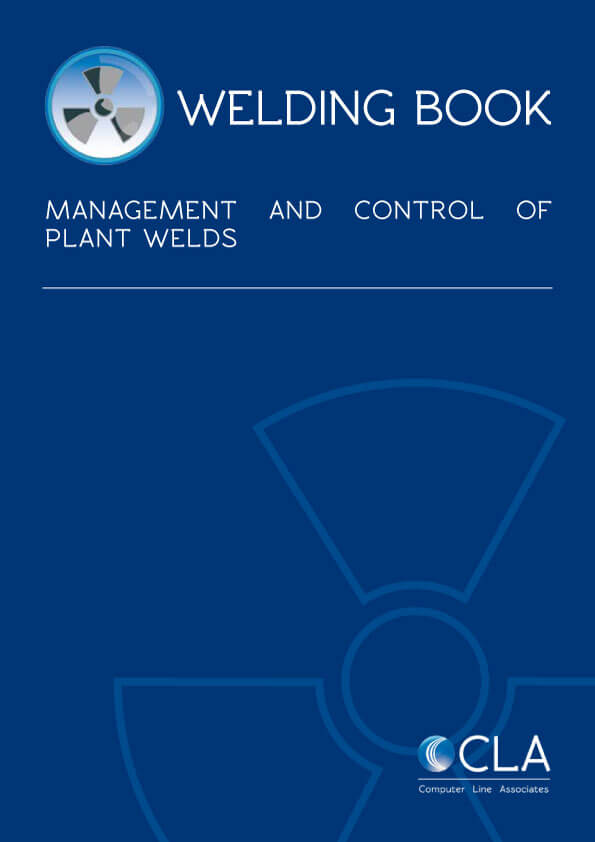
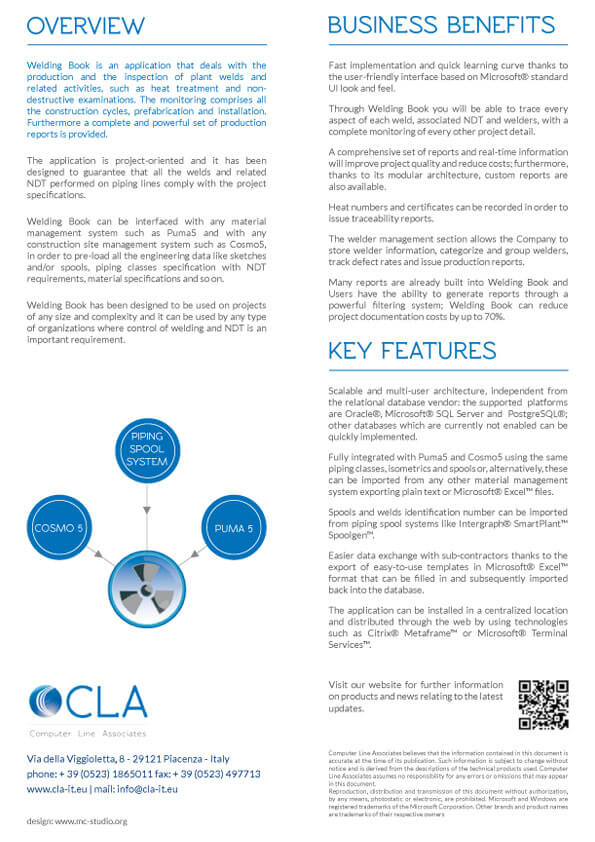
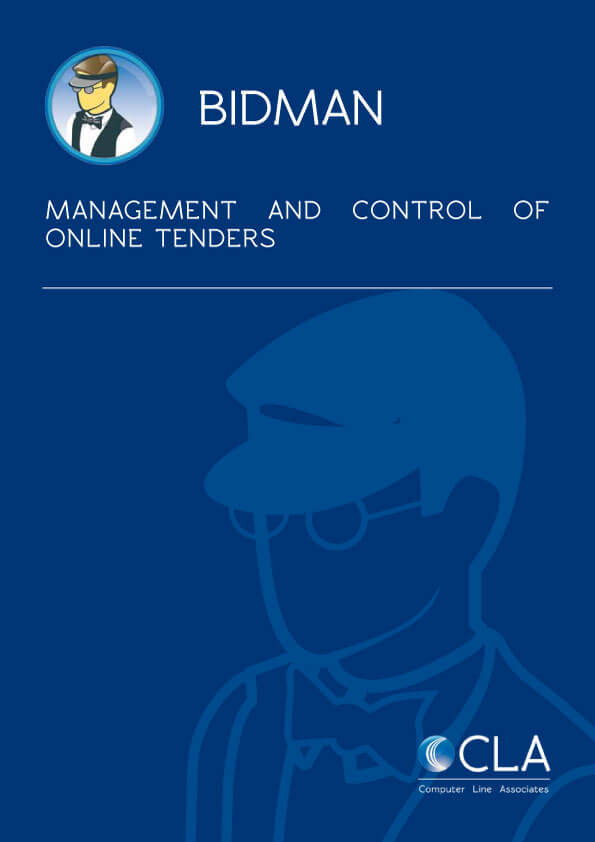
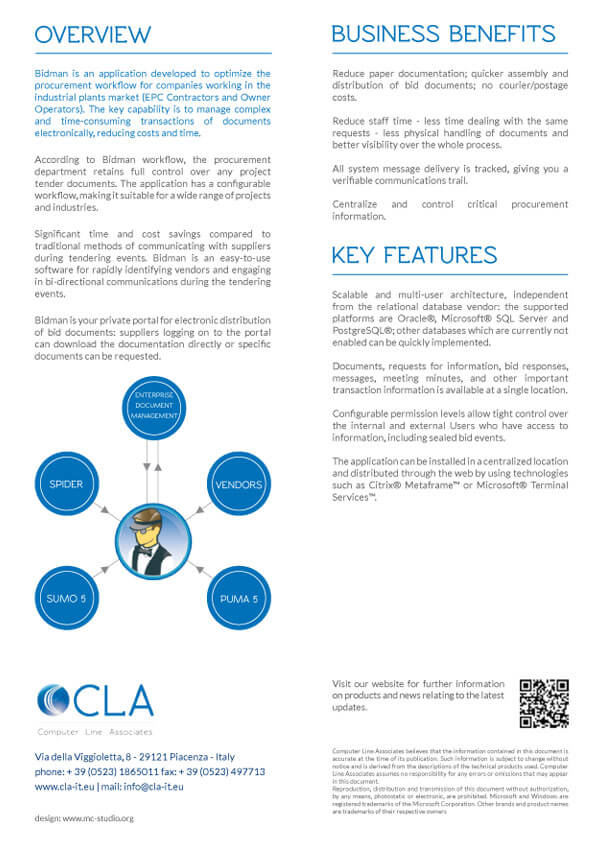
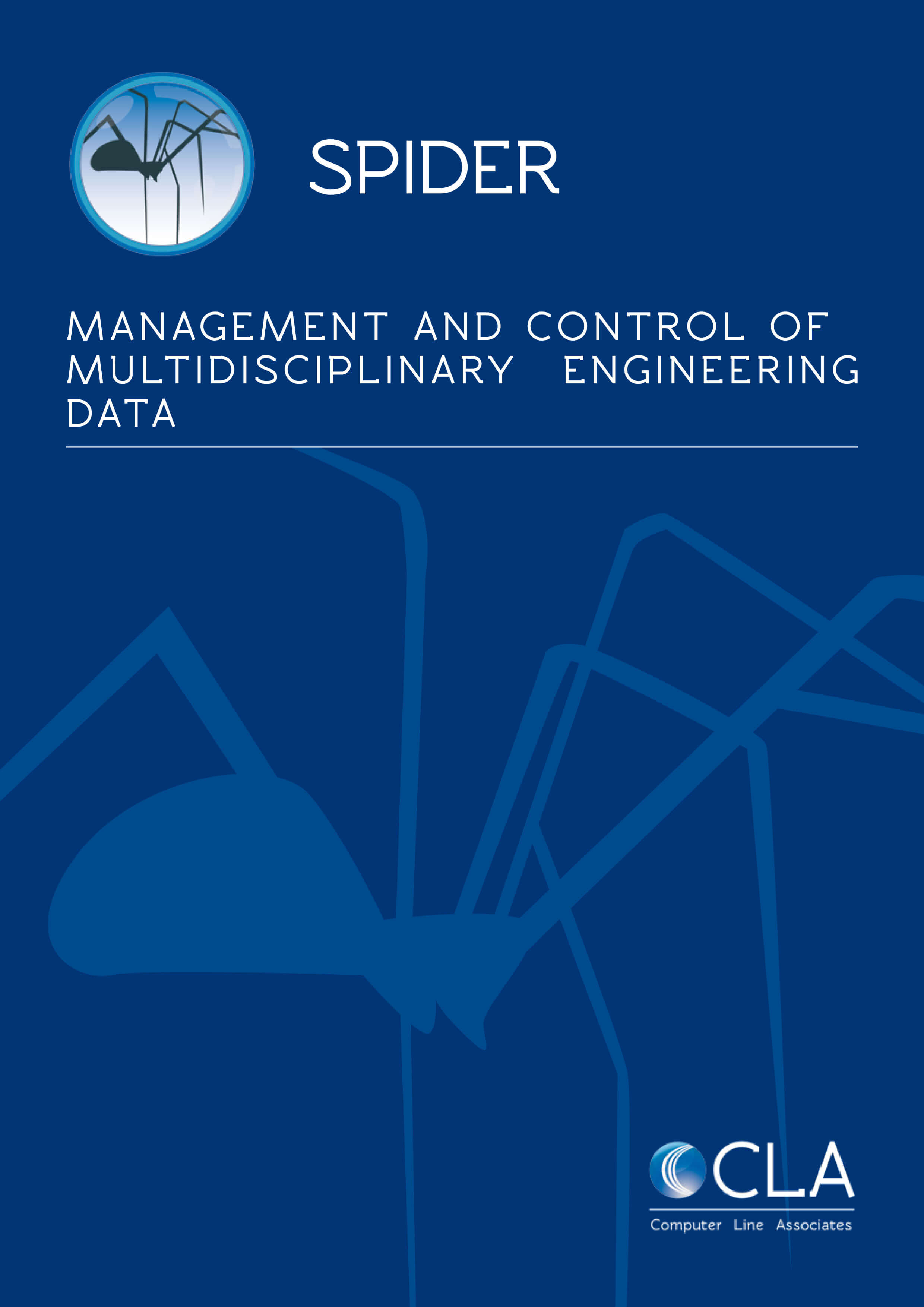
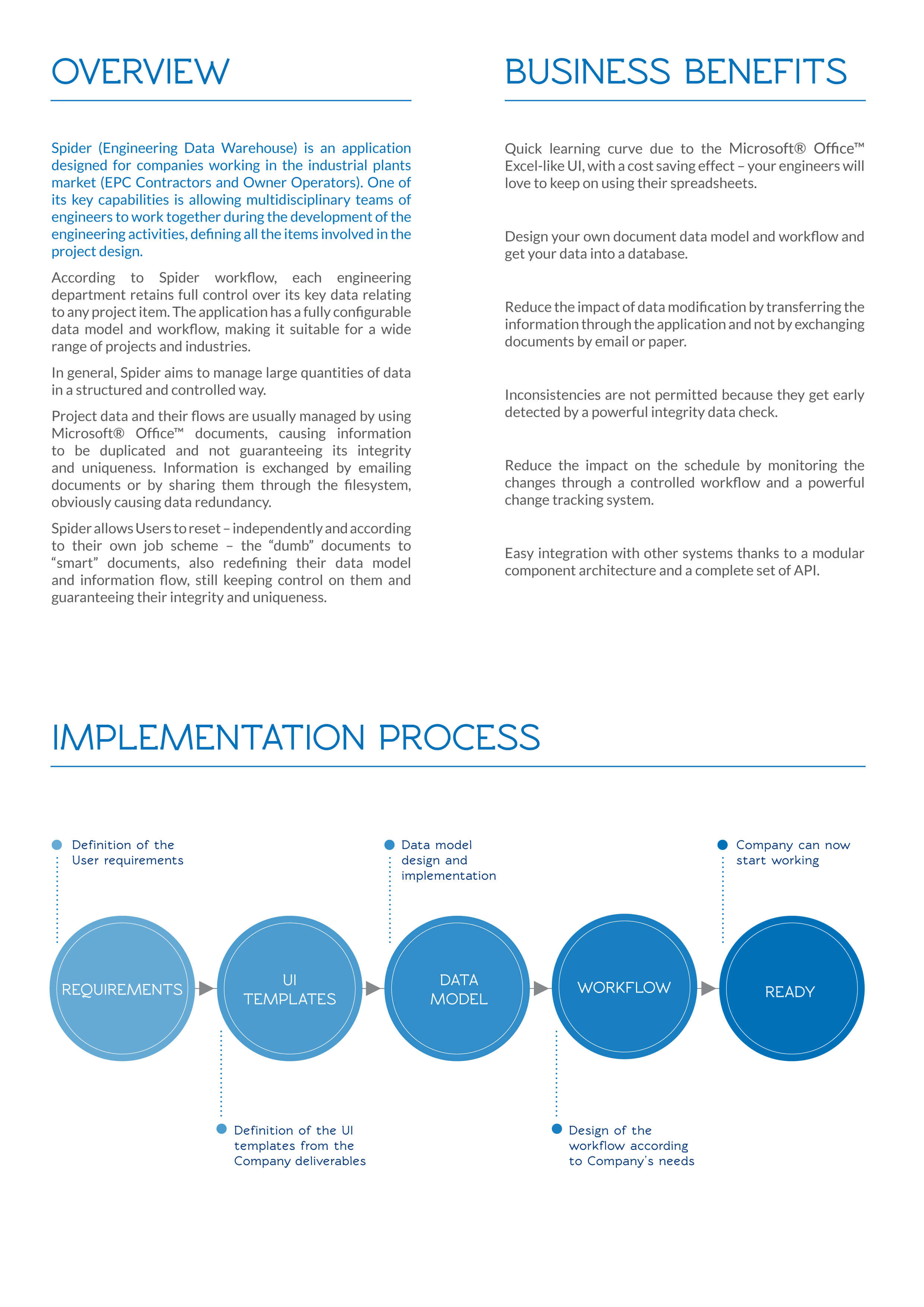
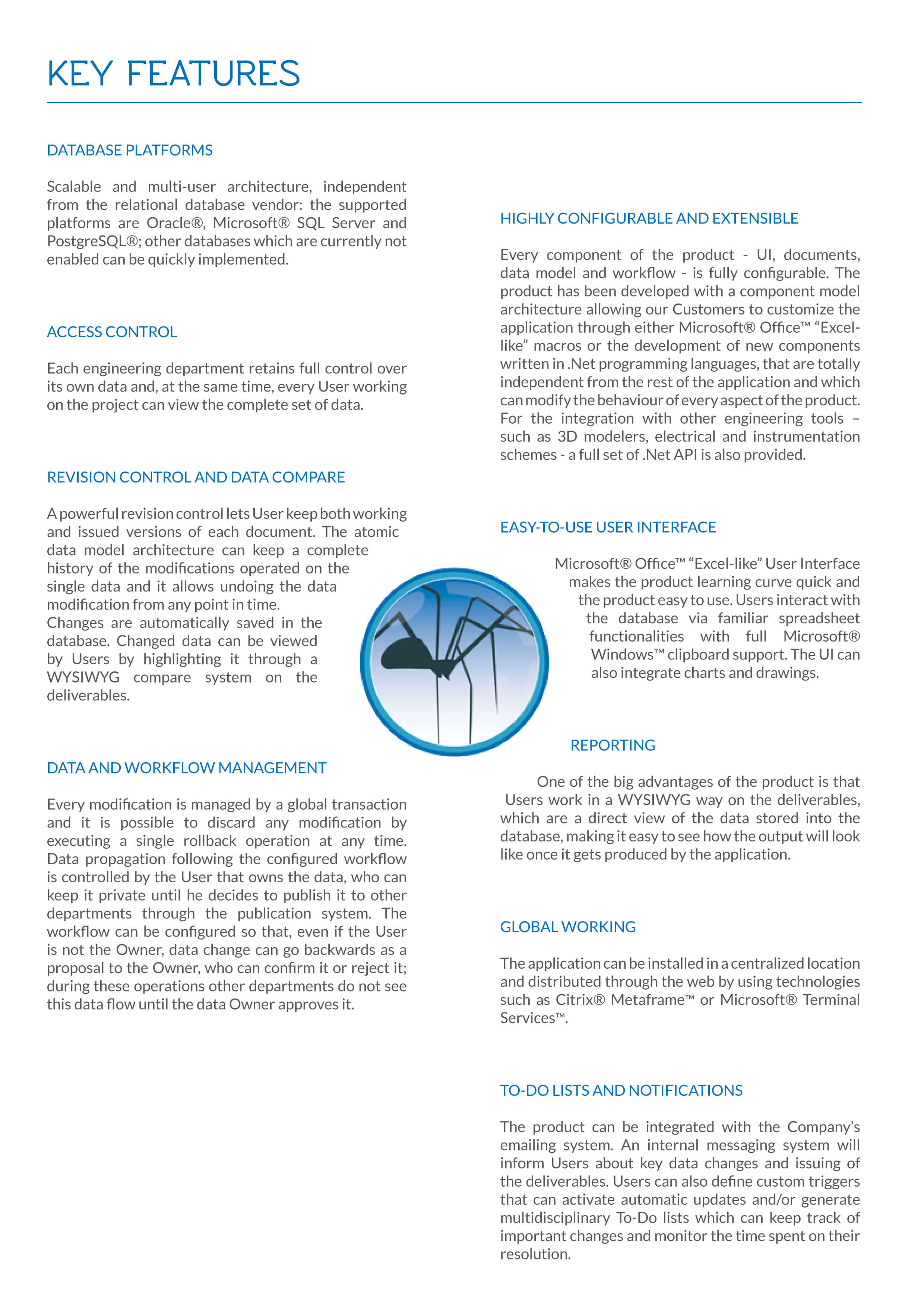
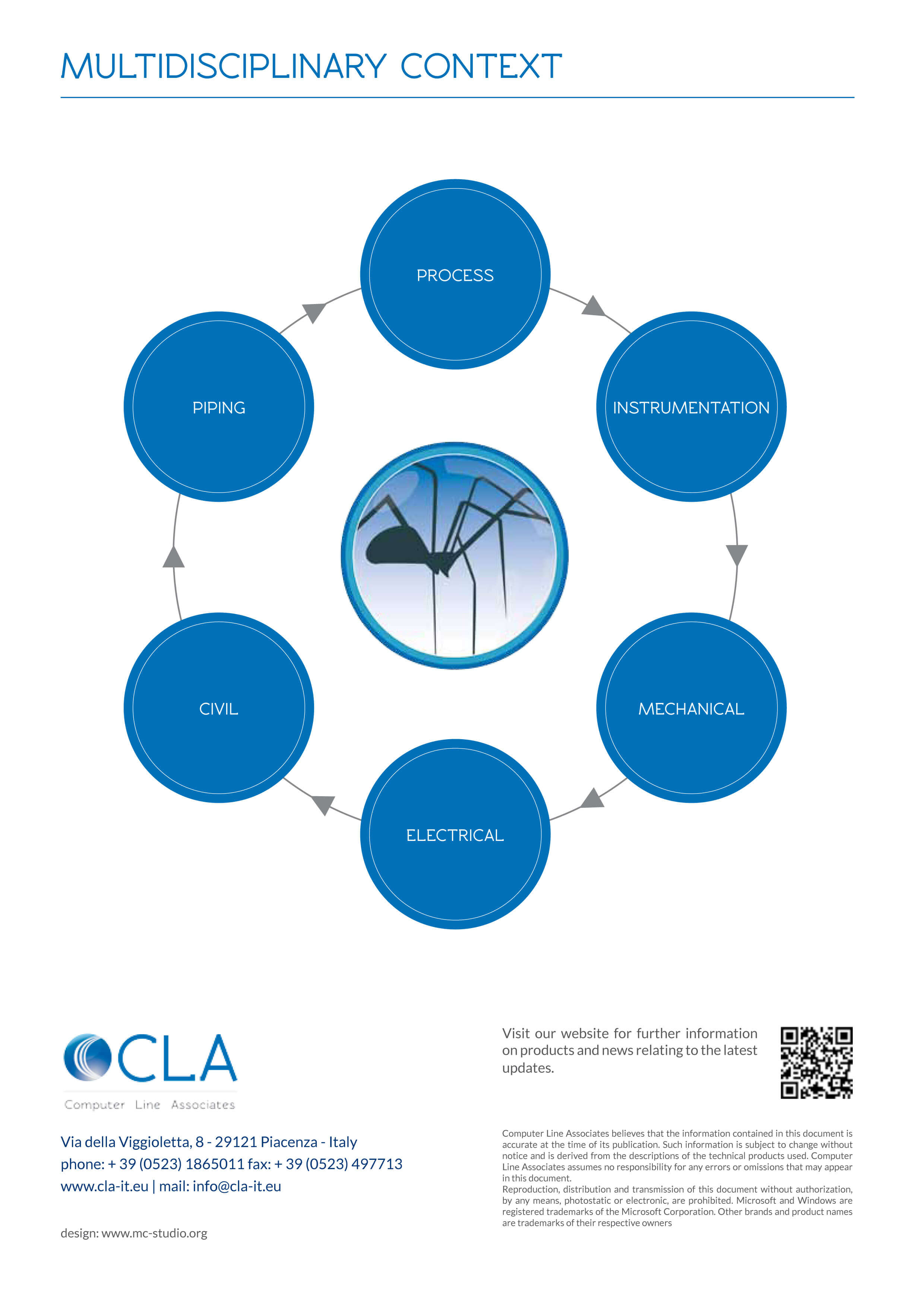
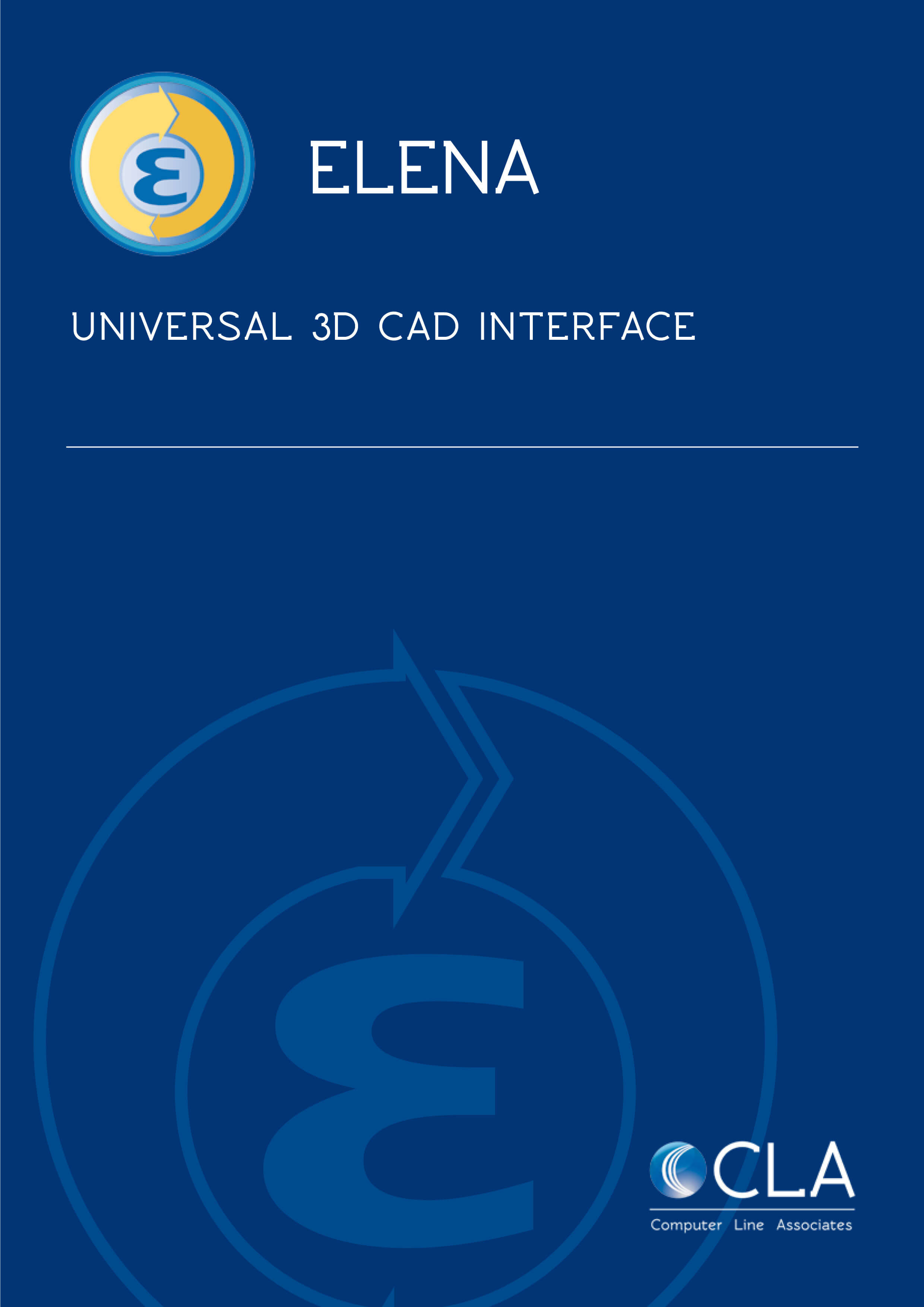
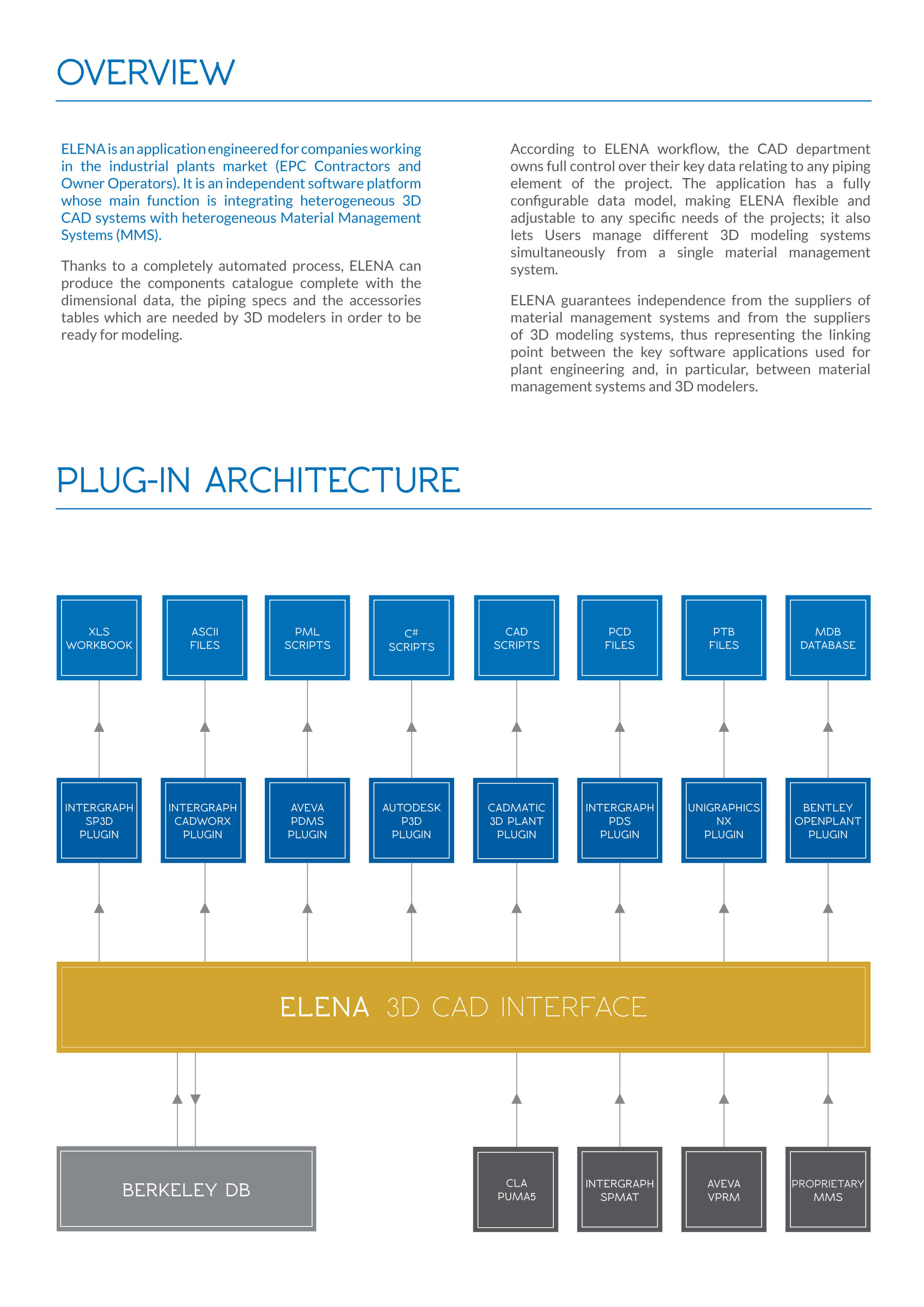
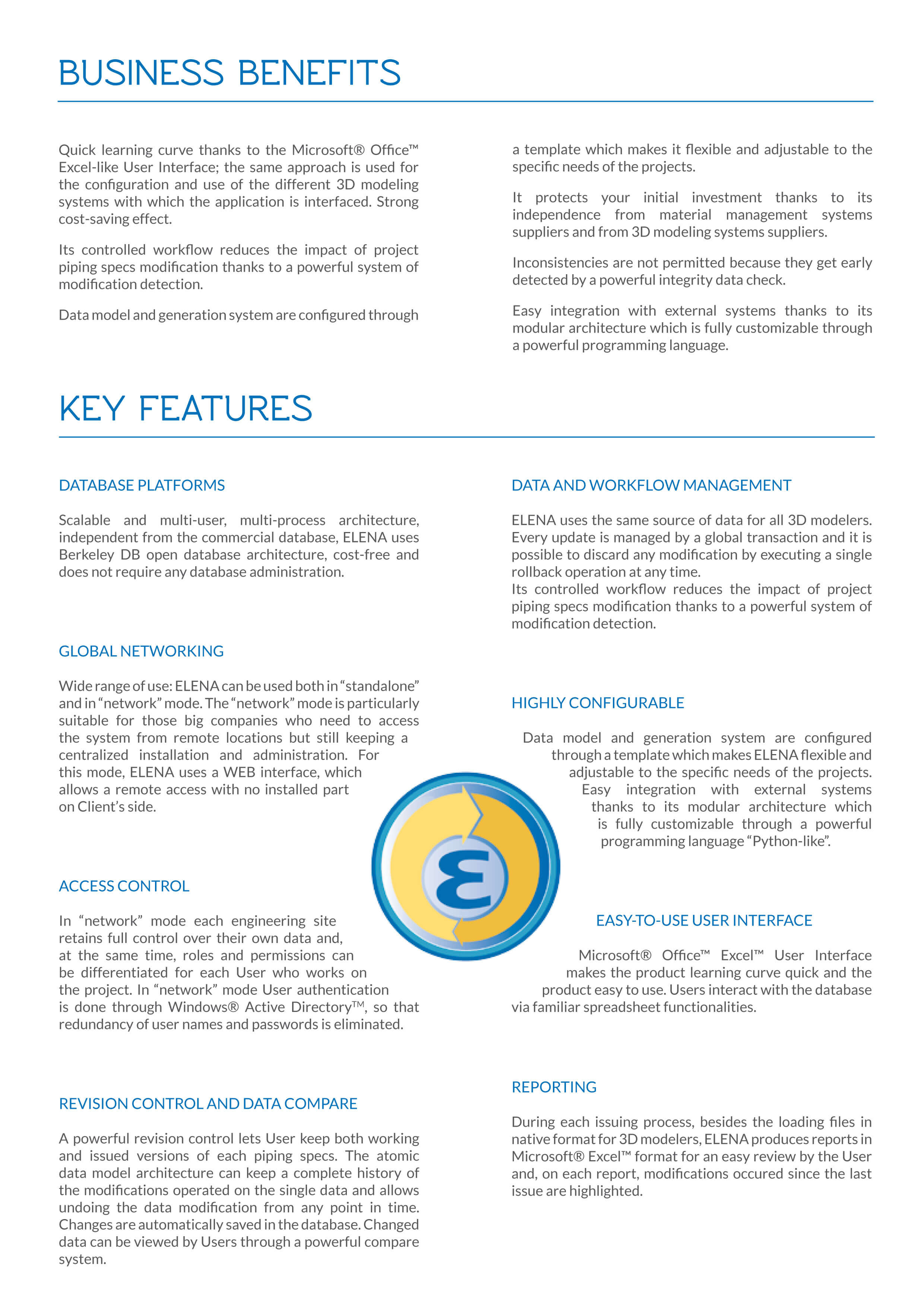
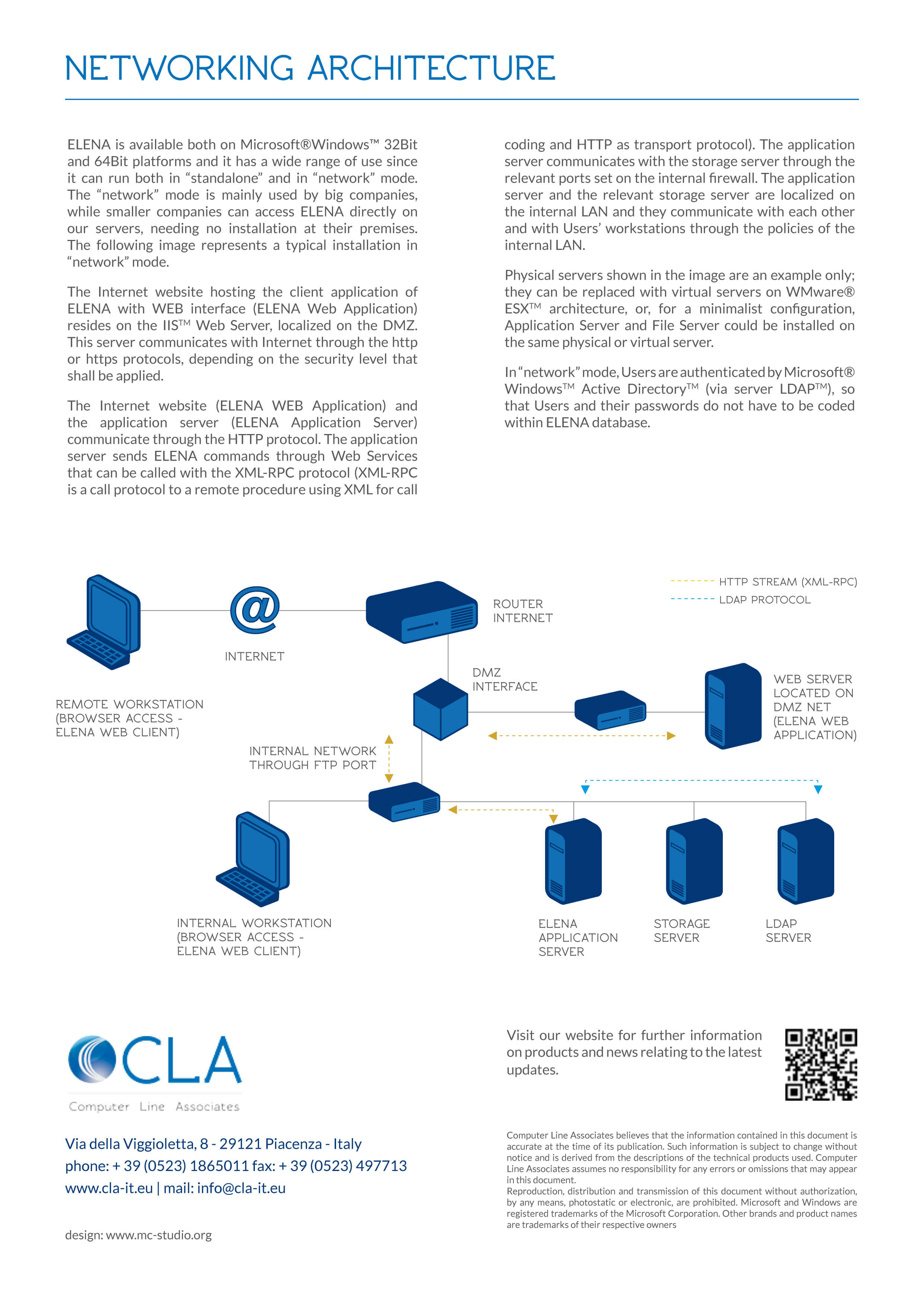

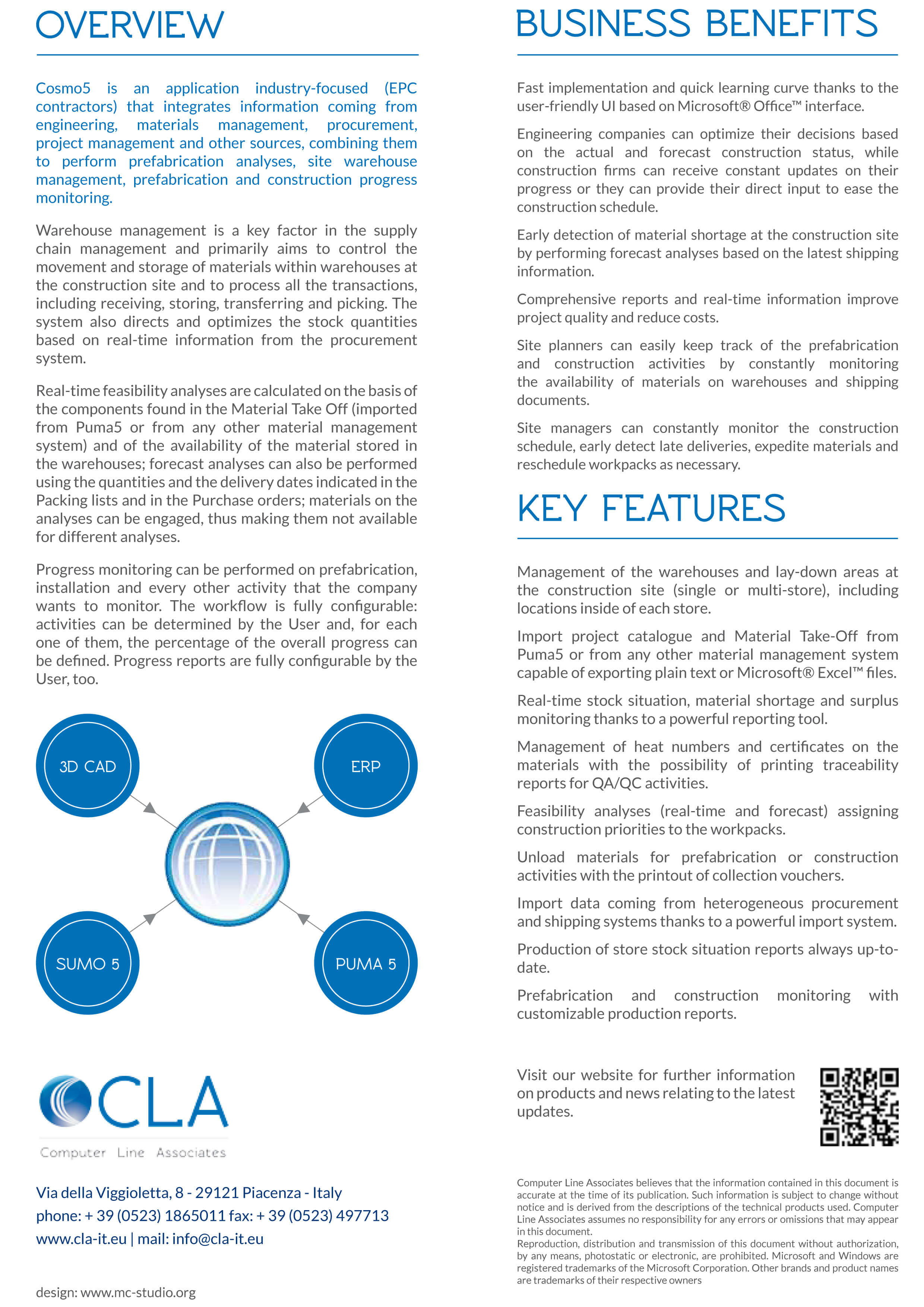
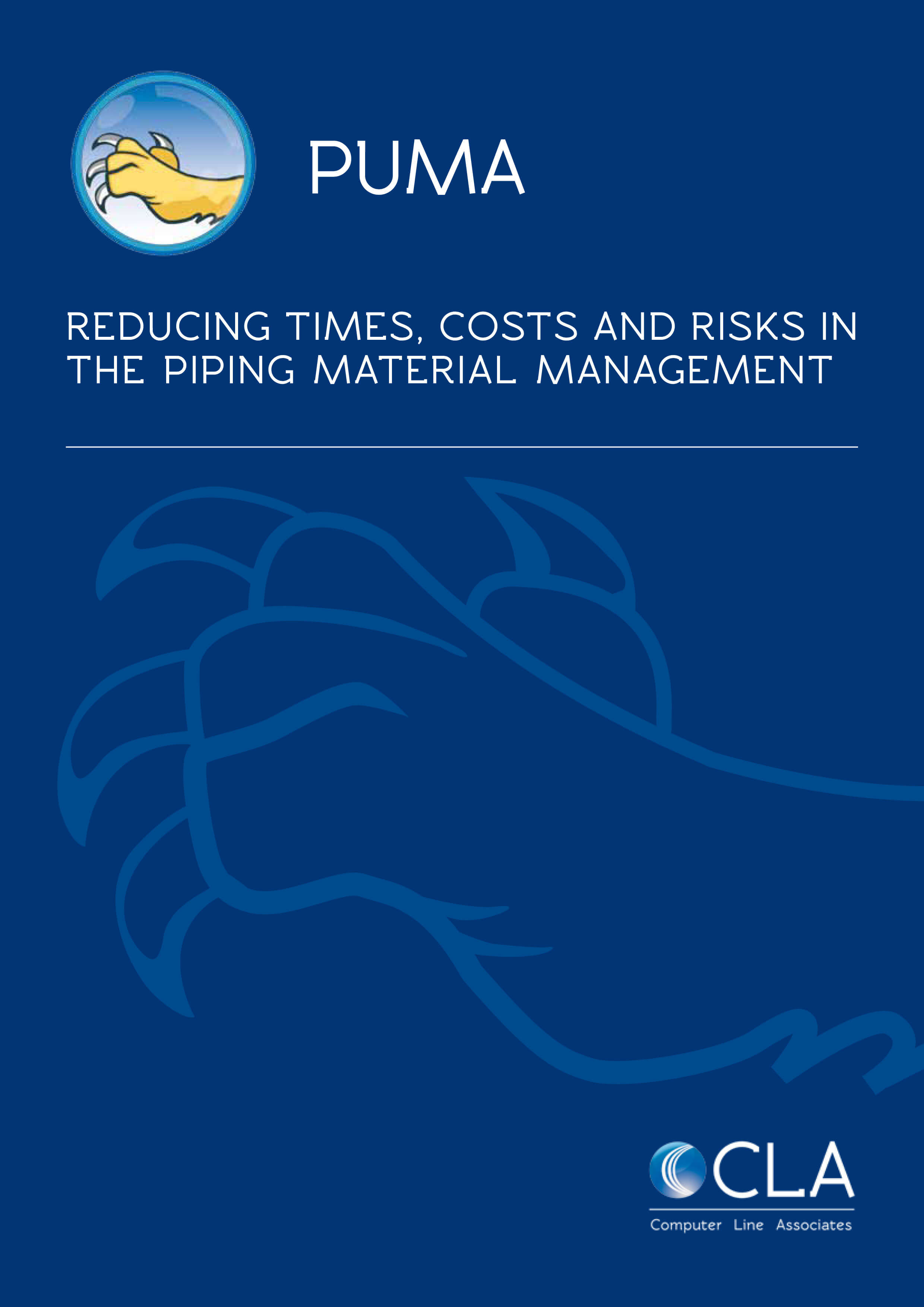
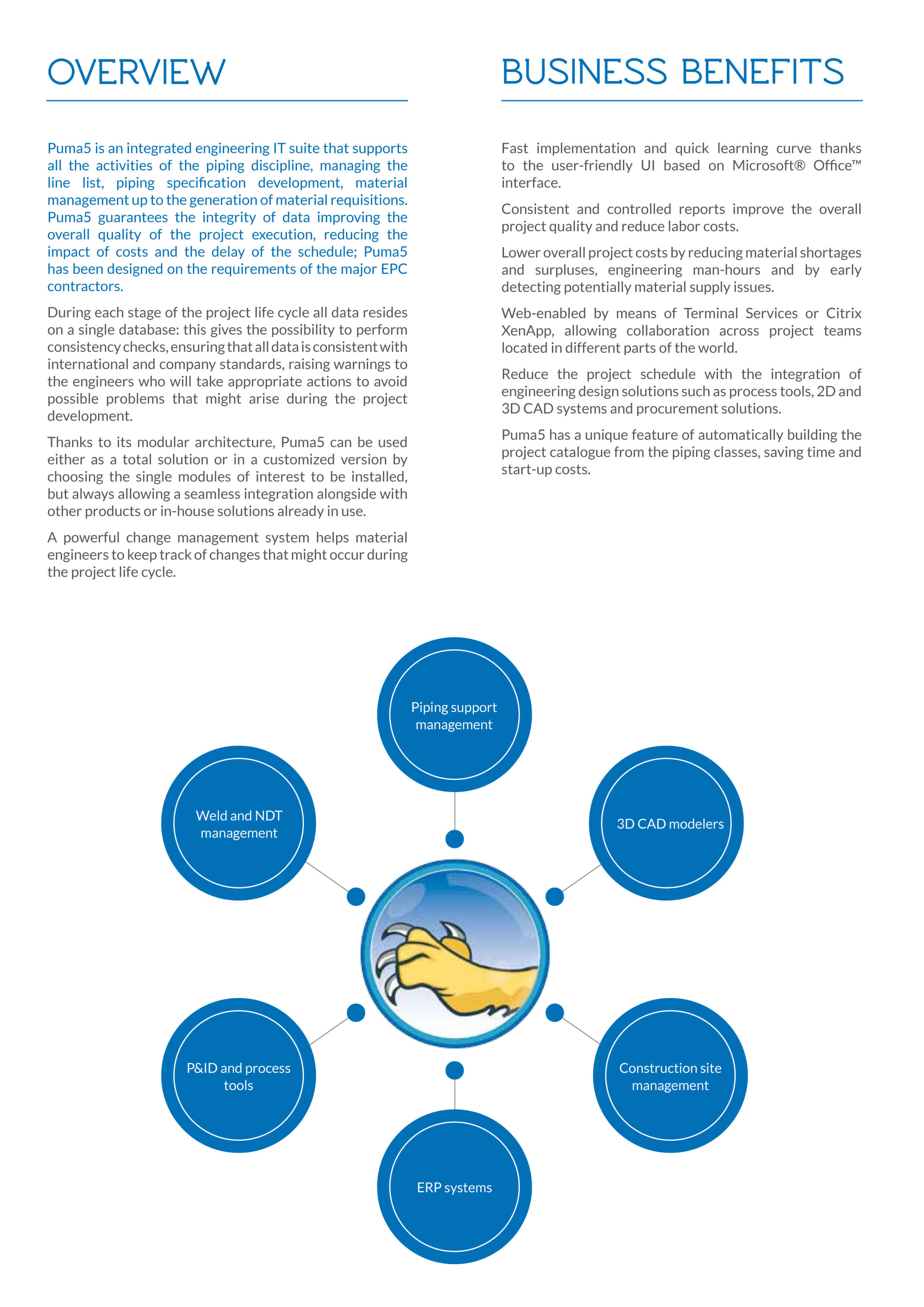
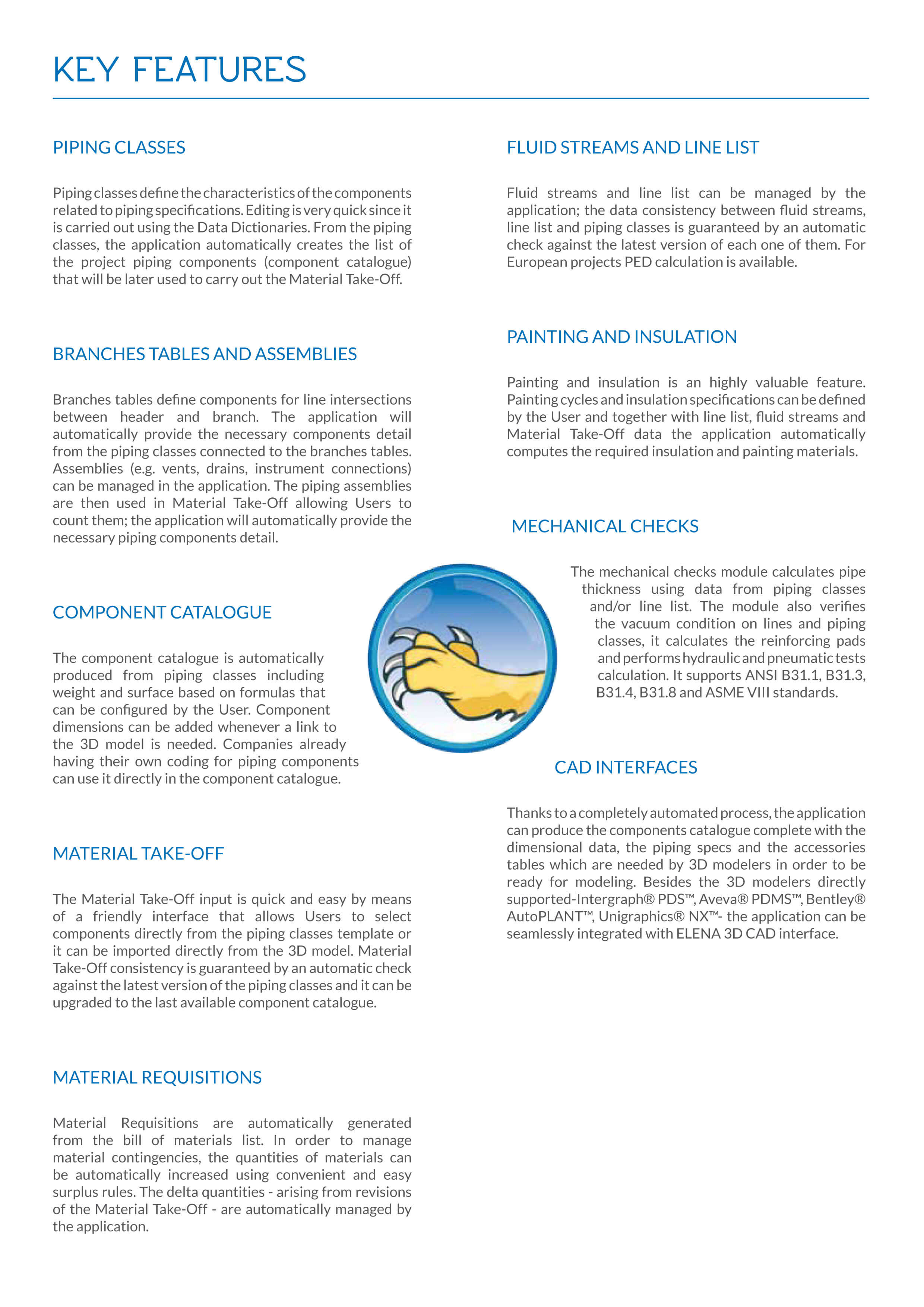
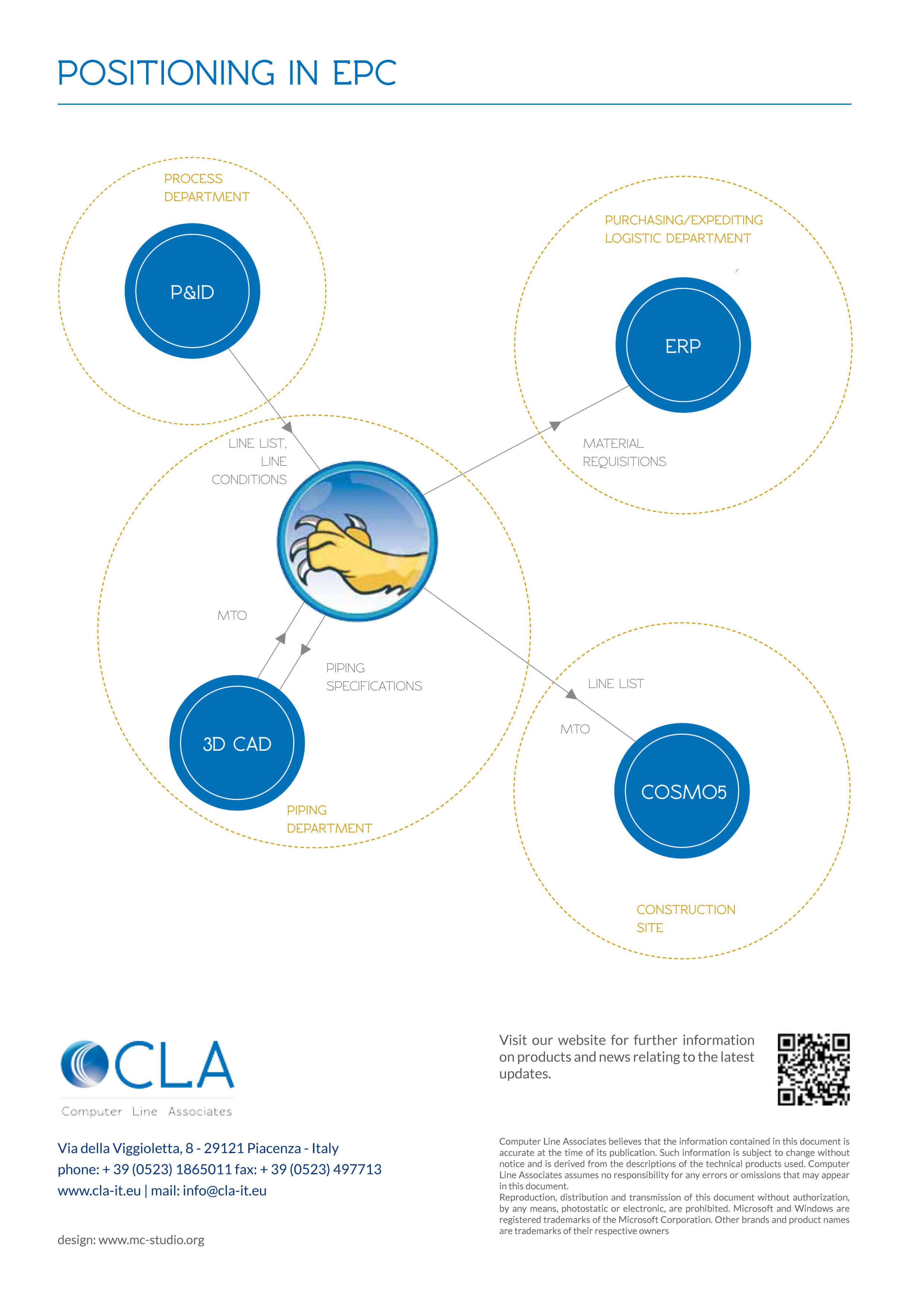
About the author